May 24, 2025 | 16:23 GMT +7
May 24, 2025 | 16:23 GMT +7
Hotline: 0913.378.918
May 24, 2025 | 16:23 GMT +7
Hotline: 0913.378.918
Sandfish is a species that could bring high economic value, as it is easy to raise, environmentally friendly, suffers low risk of diseases and demands low investment capital. It can be raised alone or in combination with other aquatic animals, according to Dr. Nguyen Dinh Quang Duy, an expert on sea cucumbers from the Institute of Aquaculture Research III (Institute III).
Dr. Duy made the statement at a conference to discuss solutions to build a chain of sustainable sandfish production. The event was jointly held by the Directorate of Fisheries and the Aquaculture Research Institute 3, Khanh Hoa Fisheries Sub-Department, Khanh Hoa Agricultural Extension Center and Vietnam Sea Cucumber Joint Stock Company on November 1.
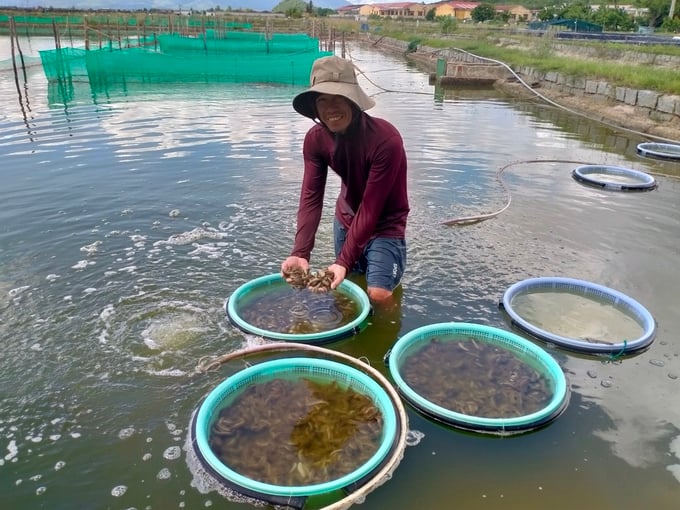
Institute III has mastered the world's leading technology for sandfish production. Photo: KS.
He said sandfish used to be found abundant in nature in coastal areas of Vietnam in the past. However, due to overexploitation, they are now depleted.
In 2005, Institute III conducted research on production of sandfish and another on the technical process of commercial sandfish farming in 2008. However, in the following period, sandfish were no longer raised due to low selling prices and quality of breed.
In 2017, Institute III was assigned by the Ministry of Agriculture and Rural Development to complete the process of sandfish production and commercial farming. By now, the institute has completely mastered the world's leading technology for producing the aquatic species.
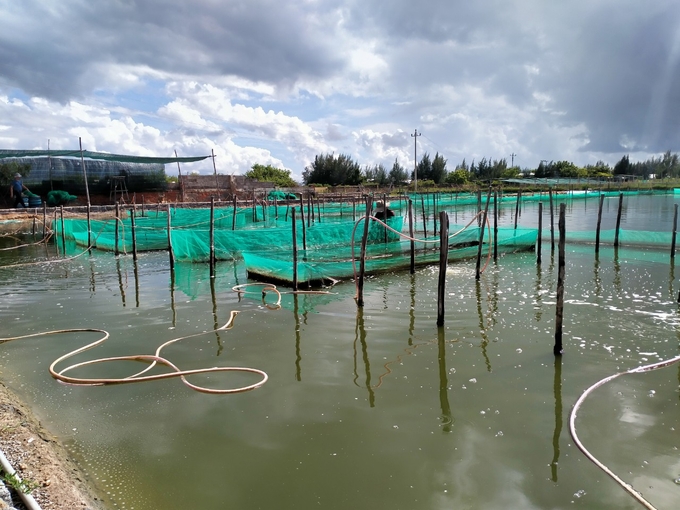
Sandfish farming area of Institute III in Van Ninh District, Khanh Hoa Province. Photo: KS.
According to Le Thanh Nhan, Director of Vietnam Sea Cucumber Joint Stock Company, there are 1,400 species of sea cucumbers in the world, but there are 40 edible species, among which, sandfish is the most valuable item, as researched by Australian Department of Agriculture.
Singapore is also a large market for sea cucumbers. Surveys show that sandfish accounts for 90 per cent of the market and is sold at high prices. Due to its nutritional value, particularly its rich collagen content, the economic value of the aquatic species is high.
According to Nhan, the 20-year experience of research by Dr. Nguyen Dinh Quang Duy and 3-year experience of farming have determined that the best sea cucumber farming area in Vietnam is located from Binh Thuan to Quang Ngai due to the stable salinity and temperature in those localities. Moreover, the central region has many airtight lagoons and bays so the sea cucumbers are not washed away by the waters. They could eat a lot and develop rapidly.

Model of sandfish farming in Van Hung Commune, Van Ninh District. Photo: KS.
Meanwhile, the northern regions have stable salinity but unstable temperature so the sea cucumbers are stunted or hibernated.
“Over the past 3 years, the company has implemented a model of raising sandfish in Van Ninh District in Khanh Hoa Province and Phu Yen Province, which has earned high profits for farmers. It is estimated that farmers could be profited from 30-80% after three years. The company sells breed to farmers and signs a commitment to purchase 100% of the products, but under the condition that they only sell their products to the company,” said Nhan, adding that the company sells to farmers each breeding sandfish at VND3,000 and purchases at VND28-30,000 after 6-8 months of farming.
According to the Director of Vietnam Sea Cucumber Joint Stock Company, they expect to offer stable income and jobs for 3,500 fisherman households specialized in farming sea cucumbers, and at the same time, build the world's first sand sea cucumber "capital" by 2025. These aims could be fulfilled as Vietnam is currently leading the world in sea cucumber production technology and high-quality processed products.
Moreover, the company completed the construction of the most modern sea cucumber processing factory in Southeast Asia in July. With an investment capital of 5 million, the factory has a capacity of 900 tons of commercial products/year. Its processed product can compete with the quality of China's high-end products.
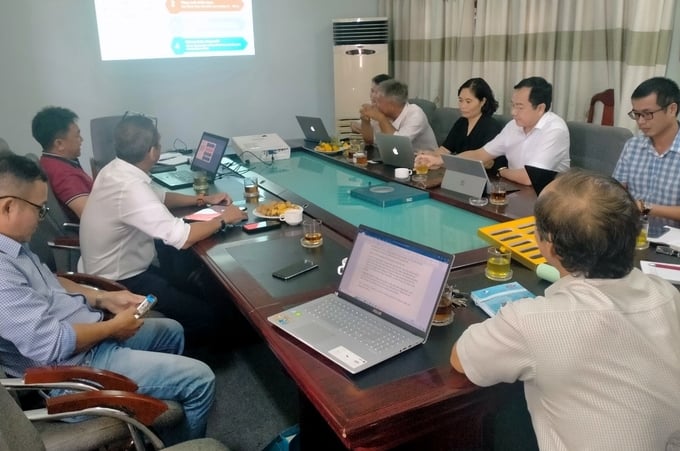
The representatives of relevant agencies met to discuss solutions to build a sustainable sandfish production chain. Photo: KS.
Therefore, the company will build a national brand of sea cucumbers by 2025 - 2026, while developing a line of instant sea cucumber products, functional foods and cosmetics. By 2025, the company will create 70 million sea cucumbers on a total area of 3,500 hectares, 90 million breeds, 45 hectares of hatcheries and create jobs for about 3,500 households.
However, to achieve the above goals, the company has asked for the authorities and functional agencies’ support of the planning of breeding areas and strategic farming areas of 50-100ha as well as removal of obstacles facing businesses.
They have also suggested re-classifying sea cucumbers to the group of bivalve mollusks. The food between these two species is different: the sandfish eats bottom humus, while the bivalve species eats algae. Therefore, if sandfish is classified as molluscs, it will be very difficult to build a farming area. Besides, it is necessary to remove sandfish from the group of rare and precious wild animals because they are farmed species.
“Currently, the company has outputs for the products. All countries are open to sandfish. Taiwan, Hong Kong, and Australia do not control Vietnamese sea cucumbers, meaning that they are imported without a permit. However, we are unable to export the product because it is classified as a rare and precious wild animal", a leader of Vietnam Sea Cucumber Joint Stock Company talked about the difficulty.
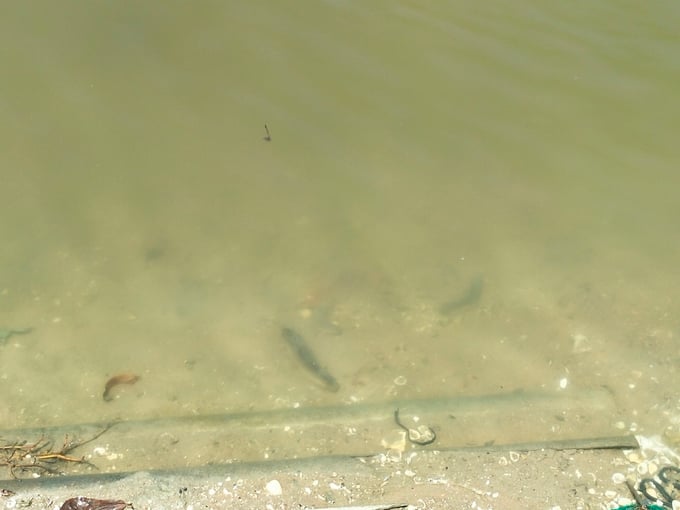
Sandfish is easy to raise and environmentally friendly. Photo: KS.
Tran Dinh Luan, Director of the General Department of Fisheries, noted that the temporary problem is organizing sea cucumber production into a sustainable product chain.
“There are many areas of inefficient shrimp ponds along the central region that can be stocked with this species to both bring economic efficiency and improve the environment, helping farmers to stabilize their lives,” he said, adding that the Directorate of Fisheries would consult with the authorities to solve any problems to the businesses.
Translated by Phuong Ha
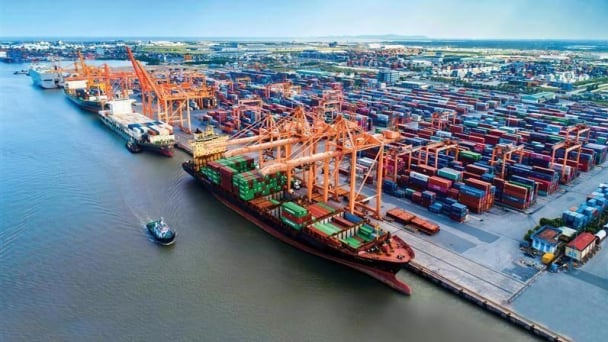
(VAN) South Korea is currently the second-largest investor in Hai Phong in terms of the number of projects (186 projects) and the largest in terms of total registered investment capital, reaching USD 14.2 billion.
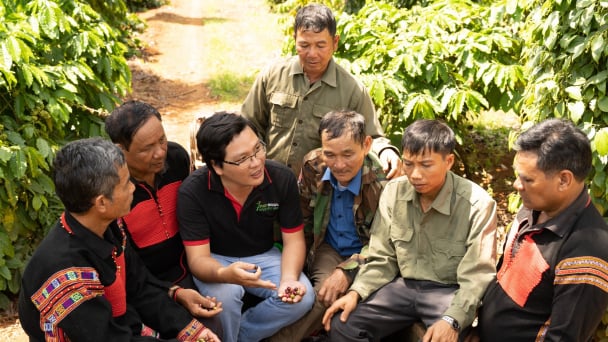
(VAN) As consumers become more environmentally conscious, legal regulations grow increasingly stringent...
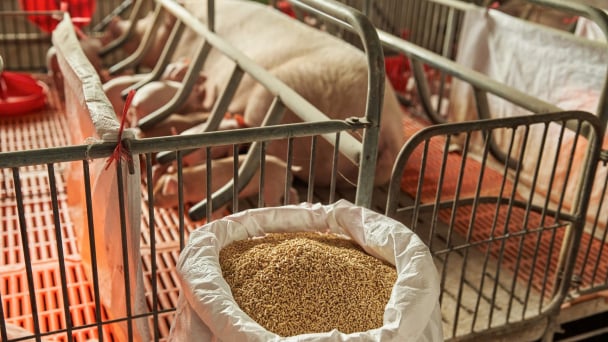
(VAN) CJ Feed&Care officially launched the FCR improvement campaign called “2025 Find Challenge Reach” in April 2025. In Vietnam, this campaign is implemented by CJ Vina Agri.
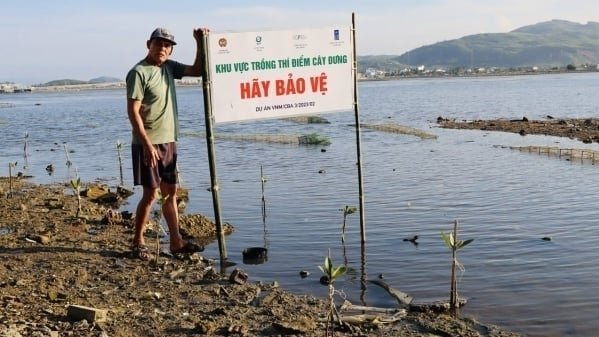
(VAN) The swamp in Pho Thanh is gradually being covered with red mangrove, creating a favorable environment for producing clean, high-quality salt.

(VAN) The trade turnover of agro-forestry-fishery products is growing significantly, along with investment cooperation commitments that are opening up new development directions between Vietnam and Russia.
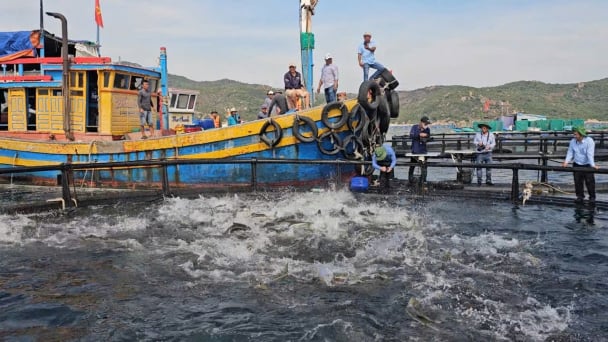
(VAN) Khanh Hoa is investing over 545 billion VND to develop 240 hectares of high-tech marine aquaculture in order to guarantee a consistent supply of seafood exports and achieve the USD 1 billion target.

(VAN) Minister of Agriculture and Environment Do Duc Duy held a meeting with Soopakij Chearavanont, Chairman of C.P. Group, on May 15.